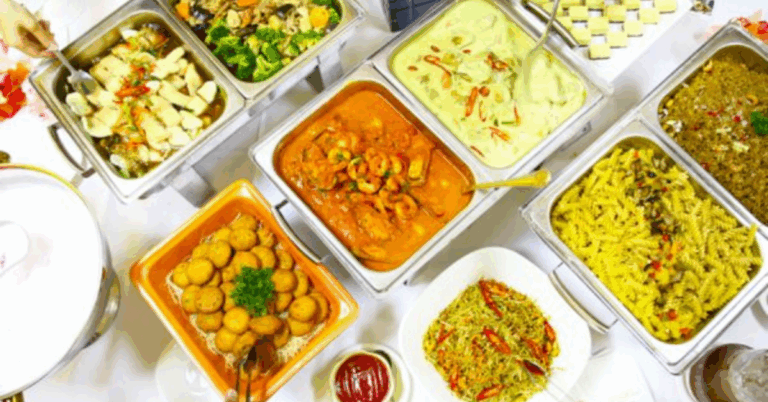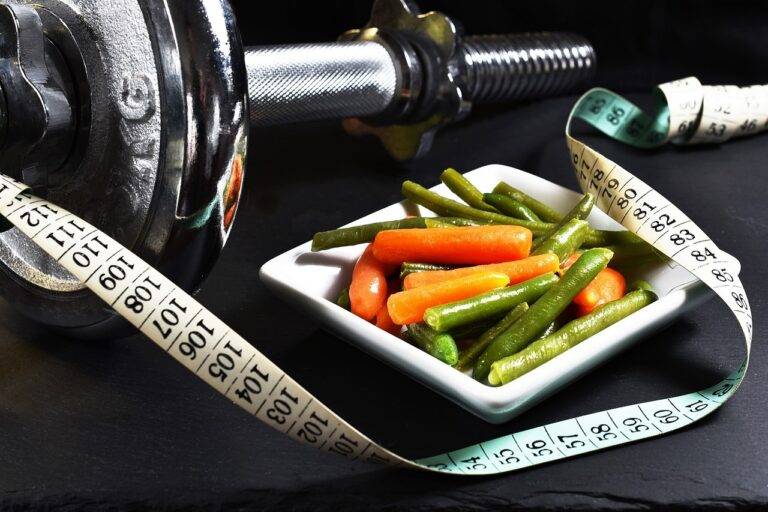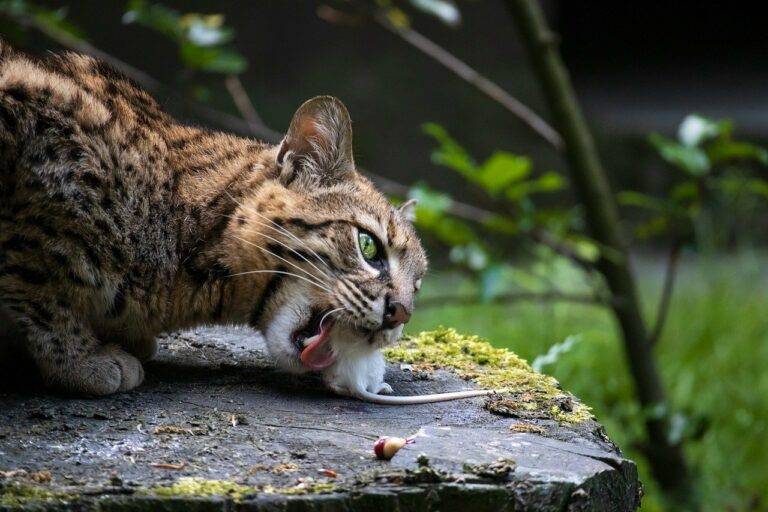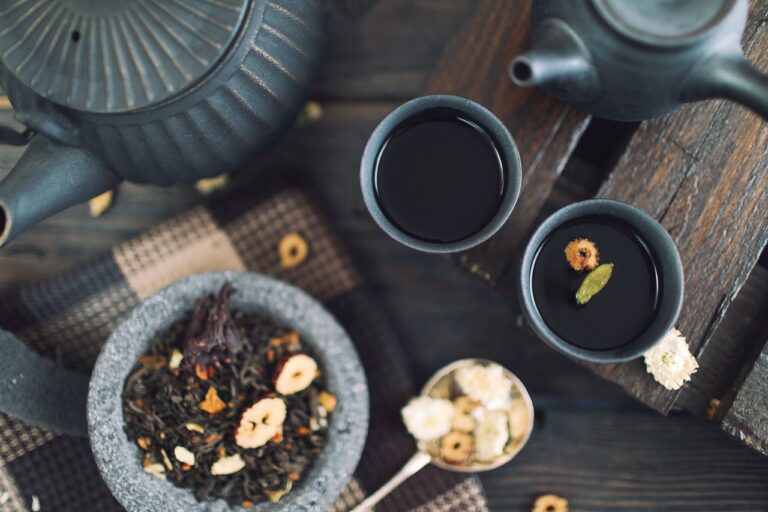The Role of Indigenous Yeasts in Fermentation: Exploring Wild Microbial Cultures for Distilling
11xplay online id, india24bet login, skyinplay:The Role of Indigenous Yeasts in Fermentation: Exploring Wild Microbial Cultures for Distilling
Fermentation is a crucial process in the world of distilling, transforming sugars into alcohol with the help of yeast. While many distilleries use commercial yeast strains for fermentation, there is a growing interest in utilizing indigenous yeasts found in the environment. These wild microbial cultures can add unique flavors and characteristics to the final spirit, making for a more complex and interesting product.
In this article, we will explore the role of indigenous yeasts in fermentation and how distillers can harness the power of wild microbial cultures to create exceptional spirits.
Understanding Indigenous Yeasts
Indigenous yeasts are naturally present in the environment, including fruits, grains, and even the air around us. These wild microbial cultures are unique to specific regions and can have a significant impact on the flavor profile of fermented beverages. By using indigenous yeasts, distillers can capture the terroir of their surroundings, creating spirits that reflect the local ecosystem.
The Role of Yeast in Fermentation
Yeast plays a crucial role in the fermentation process, converting sugars into alcohol through a series of chemical reactions. Different yeast strains produce different byproducts during fermentation, which can influence the aroma, flavor, and mouthfeel of the final spirit. By using indigenous yeasts, distillers can introduce new and exciting flavor profiles to their products.
Benefits of Using Indigenous Yeasts
There are several benefits to using indigenous yeasts in fermentation. Firstly, these wild microbial cultures are well-adapted to their environment, meaning they are more robust and can outcompete other microorganisms that may spoil the fermentation. Additionally, indigenous yeasts can contribute unique flavors and aromas to the spirit, creating a more complex and interesting product. Finally, using indigenous yeasts can help promote biodiversity and preserve local microbial diversity.
Challenges of Using Indigenous Yeasts
While there are many benefits to using indigenous yeasts, there are also some challenges to consider. Indigenous yeasts can be unpredictable, leading to variations in the fermentation process and the final product. Additionally, some indigenous yeasts may produce off-flavors or other unwanted compounds during fermentation, which can affect the quality of the spirit. Distillers must carefully select and monitor indigenous yeast strains to ensure a successful fermentation.
How to Harness the Power of Indigenous Yeasts
To harness the power of indigenous yeasts, distillers must first identify and isolate wild microbial cultures from their environment. This can be done through swabbing…
FAQs
Q: Can indigenous yeasts be used in all types of spirits?
A: Yes, indigenous yeasts can be used in a variety of spirits, including whiskey, rum, and gin. However, some spirits may require specific yeast strains to achieve the desired flavor profile.
Q: How can distillers ensure the quality and consistency of spirits fermented with indigenous yeasts?
A: Distillers can ensure the quality and consistency of spirits fermented with indigenous yeasts by carefully selecting and monitoring yeast strains, maintaining optimal fermentation conditions, and conducting regular quality control checks throughout the process.
Q: Are there any legal considerations when using indigenous yeasts in fermentation?
A: Some regions may have regulations or restrictions on the use of indigenous yeasts in fermentation. Distillers should…
In conclusion, the use of indigenous yeasts in fermentation can add depth and complexity to spirits, creating unique and innovative products that reflect the local environment. By harnessing the power of wild microbial cultures, distillers can explore new flavor profiles and connect with their surroundings in a meaningful way.







